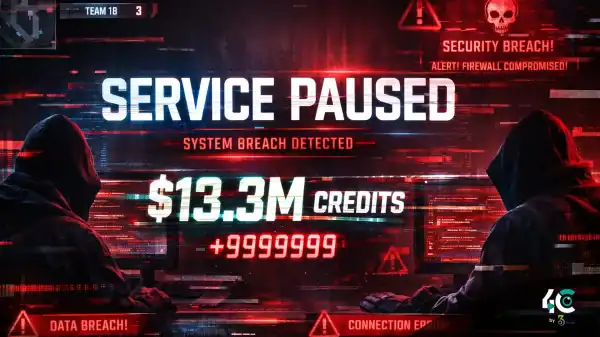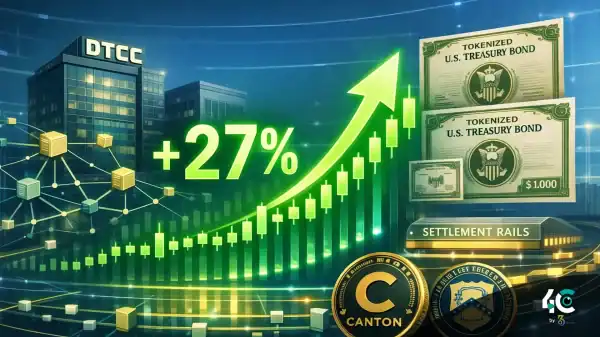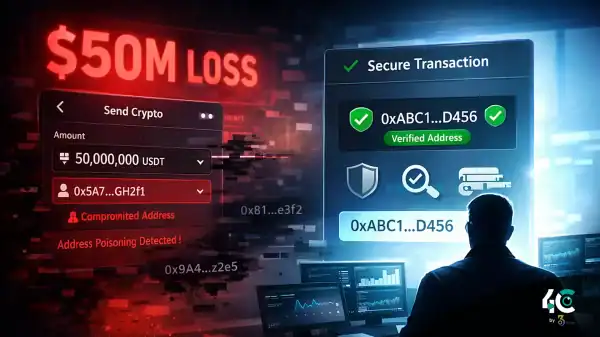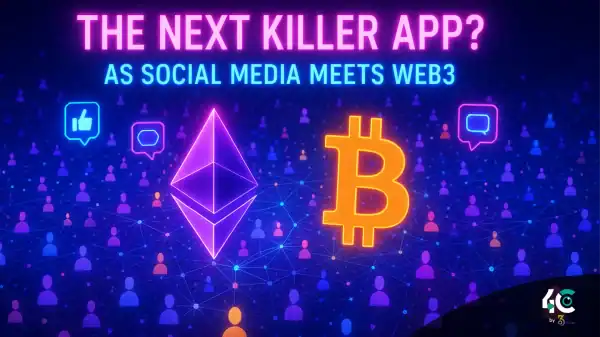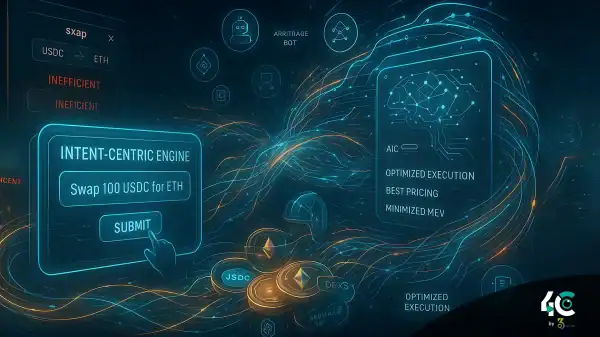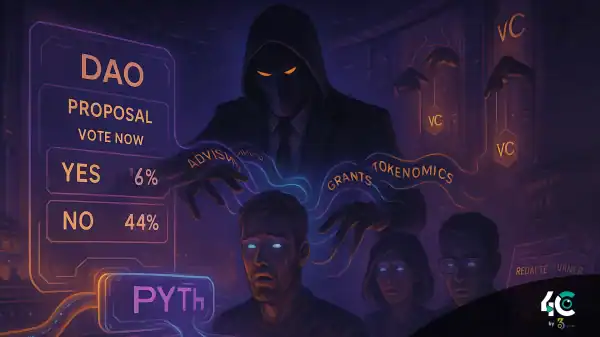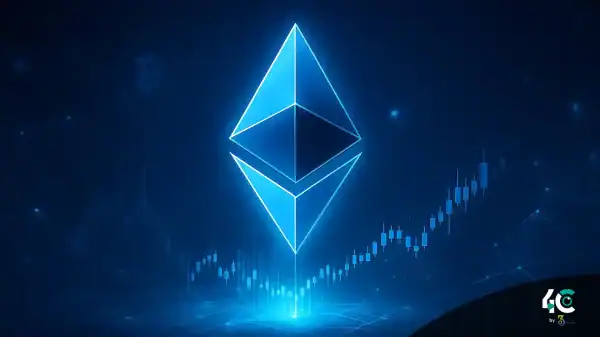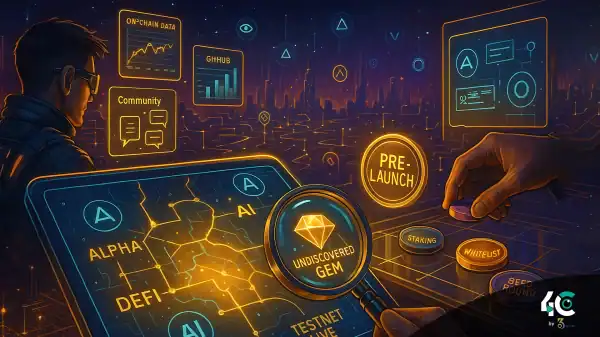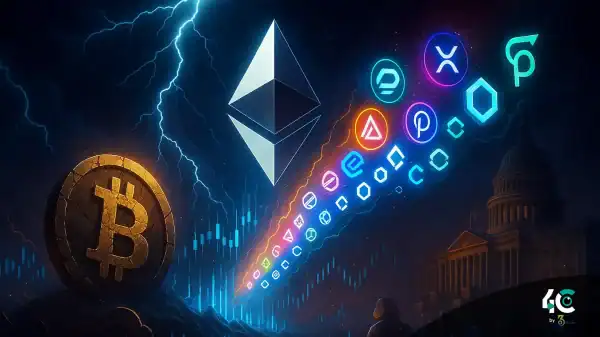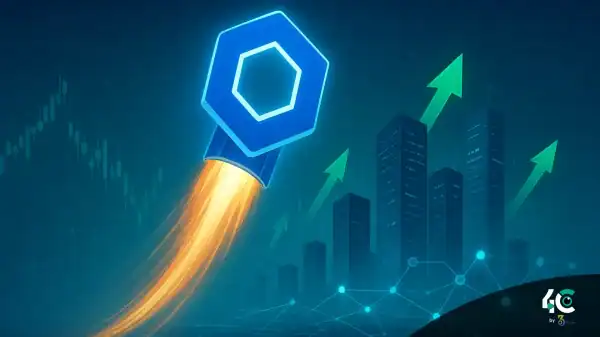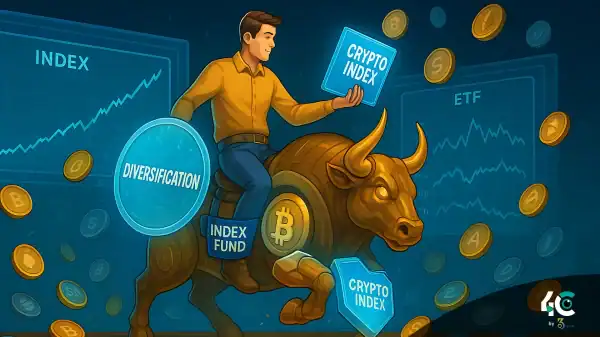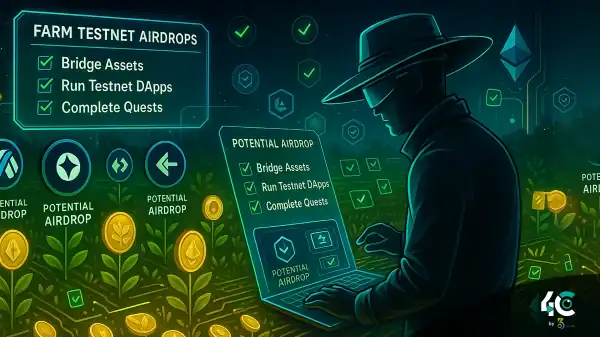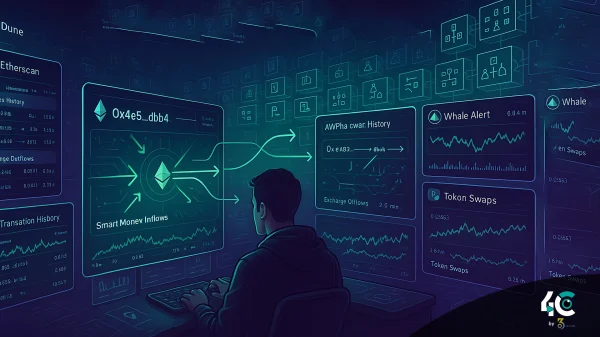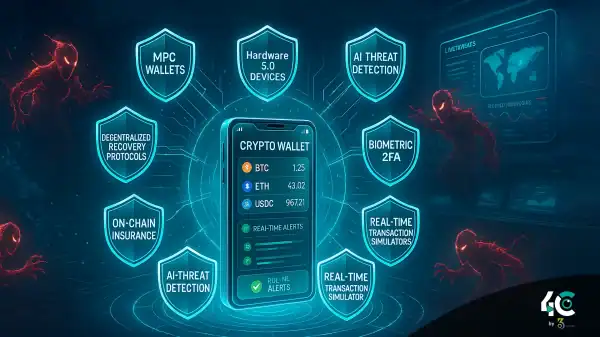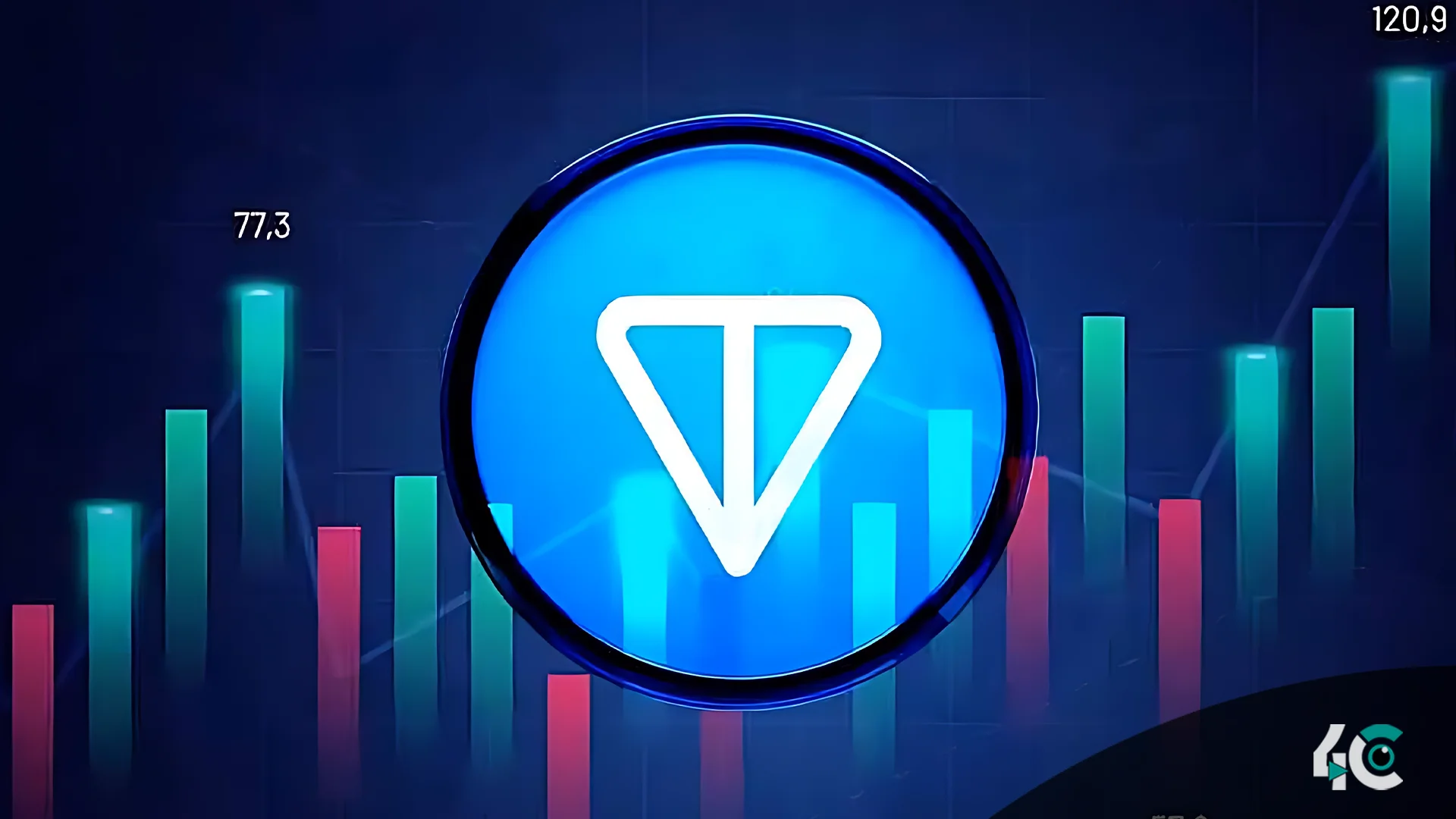Telegram’s plan to adopt Telegram TON crypto exclusively for its Web3 ecosystem has sparked mixed reactions. While some question its impact on decentralization, Steve Yun of the TON Foundation views it as a crucial step for security and scalability.
Why Telegram chose TO
According to Yun, TON is especially suited to meeting the needs of Telegram’s 950 million users. Unlike other blockchains, which struggle with congestion and excessive fees, TON’s sharding technology allows for seamless, high-speed transactions, making it an excellent alternative for widespread adoption.
“Blockchains without sharding cannot support the scale needed for a platform like Telegram,” Yun said, emphasizing that alternative methods frequently compromise security.
Addressing Concerns about Exclusivity
While some critics believe that limiting Web3 connections to a single blockchain reduces flexibility, Yun claims that the decision improves the ecosystem. He highlighted that Telegram bots would continue to support multiple blockchains, ensuring some sort of interoperability.
Yun also said that Telegram explored extending exclusivity to bots but eventually decided against it to give developers other options.
Impact on the Crypto Ecosystem.
The decision to integrate TON entirely creates both potential and challenges:
Potential benefits:
TON has gained more traction and credibility.
More developers are developing within the TON ecosystem.
TON-based applications’ use cases have expanded to include payments and gaming.
Concerns Raised:
Developers may feel constrained by the limited blockchain options.
Competing Layer 1 blockchains may lose potential Telegram integration.
As TON grows in popularity, regulatory scrutiny may increase.
A Positive Future for TON
Despite Toncoin’s 64% market cap loss since April 2024, Yun remains optimistic. Recently, he established TVM Ventures, a $100 million fund that aims to enable DeFi and payment applications on TON. Over the following year, he plans to invest $25 million in projects that would benefit TON.
With Telegram’s ongoing backing and a growing developer community, TON is poised to play an important role in the future of blockchain usage. While the decision to emphasize TON has stirred criticism, it undoubtedly boosts TON’s position as a leading blockchain for Web3 innovation.


